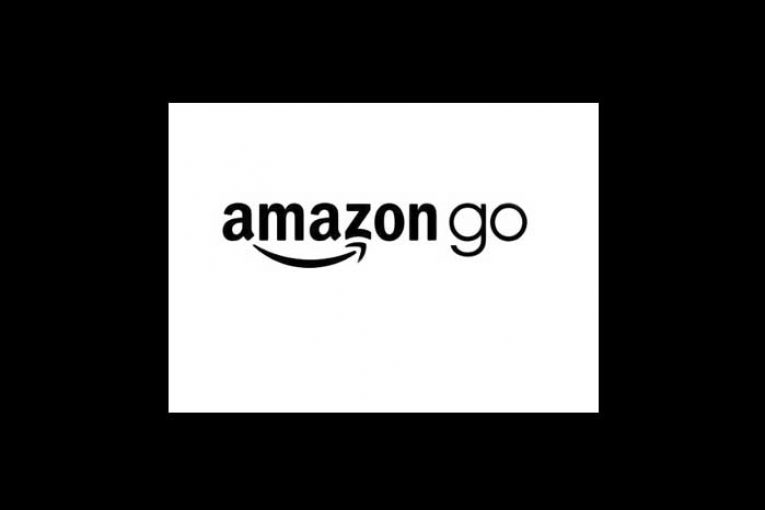Amazon Go Experiment Challenges Retailers To Test New Innovations

by Marek Polonski/SVP, Applied Predictive Technologies
E-commerce giant Amazon is striving to make the dream of a streamlined shopping experience a reality with the recent debut of Amazon Go, a brick-and-mortar grocery and convenience store leveraging technology to eliminate checkout lines.

At Amazon Go’s physical location, the store’s technology detects when products are picked up from shelves and, upon exiting, customers are automatically charged for their items. This concept effectively simplifies the shopping experience, capturing the appeal of being able to see, smell and touch groceries in-store but upping the overall convenience.
While Amazon corrected earlier reports of plans to open 2,000 physical Amazon Go locations, if successful, the company will likely broaden the concept, encroaching on the territory of traditional retailers. Just as brick-and-mortar retailers were initially concerned about Amazon’s potential to divert their sales to its convenient online marketplace, they are now threatened by the convenience of its checkout-free physical expansion. And Amazon isn’t alone in its shift from digital to physical. Formerly online-only brands like Warby Parker and Bonobos have also grown their physical presences. With this in mind, Amazon’s latest foray from online to brick-and-mortar is on trend—and provides a sleek hybrid model, answering consumer shopping preferences and the growing demand for convenience in one fell swoop.
As companies like Amazon push the envelope with new retail concepts, traditional retailers must innovate strategically. To increase the convenience of in-store grocery shopping, retailers could test measures like adding more self-checkout lanes, increasing mobile payment options and enabling in-store pickup for online orders. Other new initiatives could include loyalty programs, marketing campaigns touting in-store promotions or enhancing the shopping experience with high-quality, personalized customer service to drive traffic. However, while there are clear benefits to implementing programs like these, the retailers who best understand the accompanying tradeoffs will be able to innovate most effectively.
But how can companies evaluate these potential pitfalls? The key to implementing policies that will increase profits is to take a data-driven, Test & Learn approach. Testing new strategies in select stores allows companies to compare their performance to that of similar stores where the strategy was not implemented. For example, by launching an in-store only promotion in certain locations and analyzing its impact on those stores’ bottom lines against others’, retailers can measure the program’s direct impact—e.g., are they losing revenue from existing loyal customers taking advantage of the offer, or does it drive enough new, sustainable traffic to compensate for the discount?
This type of experimentation also enables companies to better understand and learn not just which new initiatives are profitable but which elements of them are most effective and where. One example of a localized program tailored to different shopper profiles was recently adopted by Albertsons and Vons supermarkets in California. Their parent company plans to eliminate self-checkout lanes (actually counter to the Amazon trend of in-store tech investments) in 96 of their 352 Southern California stores to allow for better one-on-one customer service, while their Northern California counterparts will maintain more self-checkouts, catering to the preference of a more “tech-savvy” customer base.
Localizing new programs based on regional insights will also play a role when Amazon Go opens to the public in early 2017. The phased introduction will enable retailers operating nearby a new Amazon Go store to understand if and with which customers and categories they experience declines. They can then use these insights to develop programs to fight back (e.g., targeted discounts, more premium offerings, etc.).
As retailers innovate to remain competitive, it is critical that they test to carefully evaluate the costs and benefits of new programs. Organizations that can identify where and with which shoppers new policies will be most successful are empowered to make data-backed decisions with confidence.